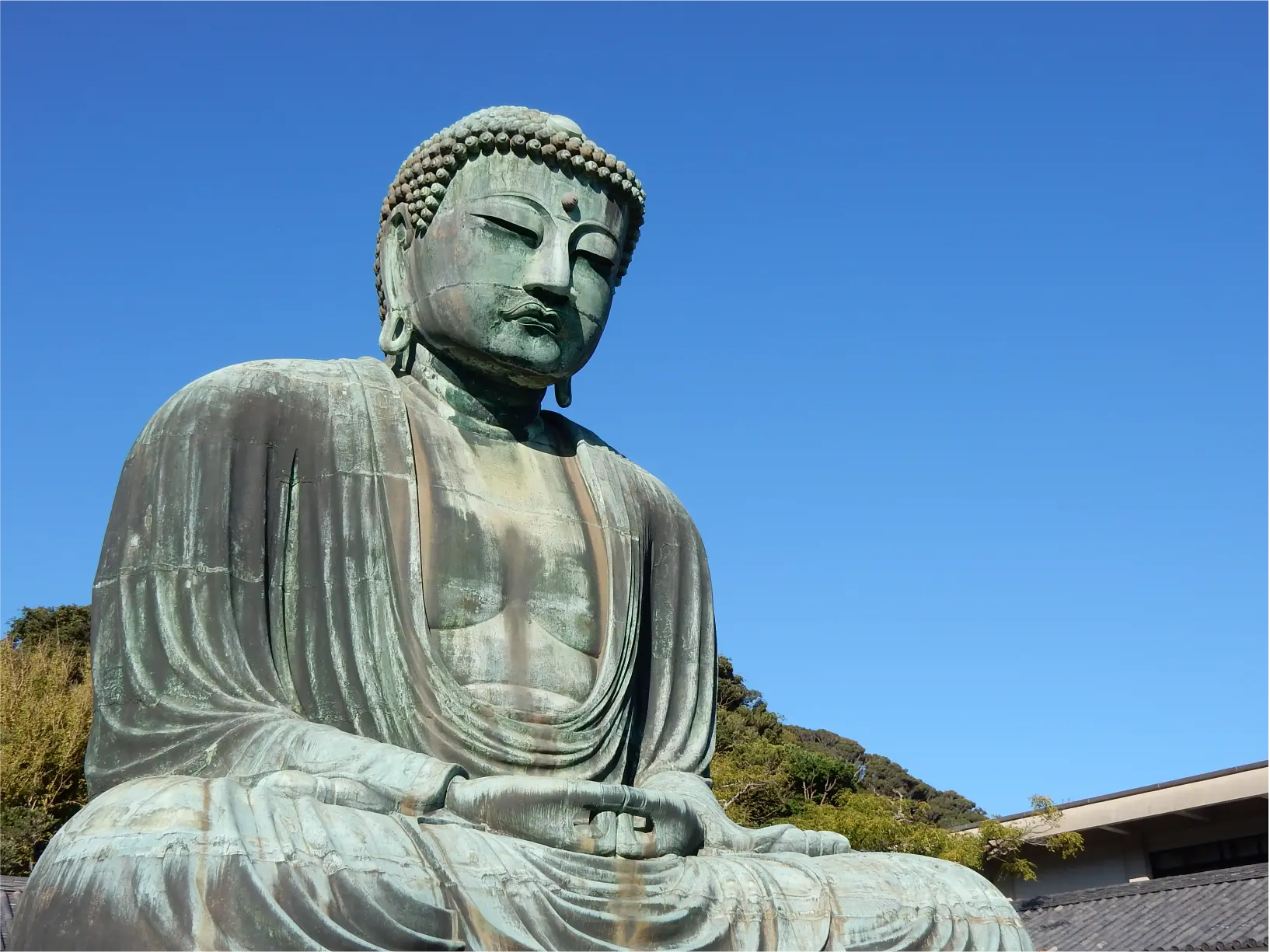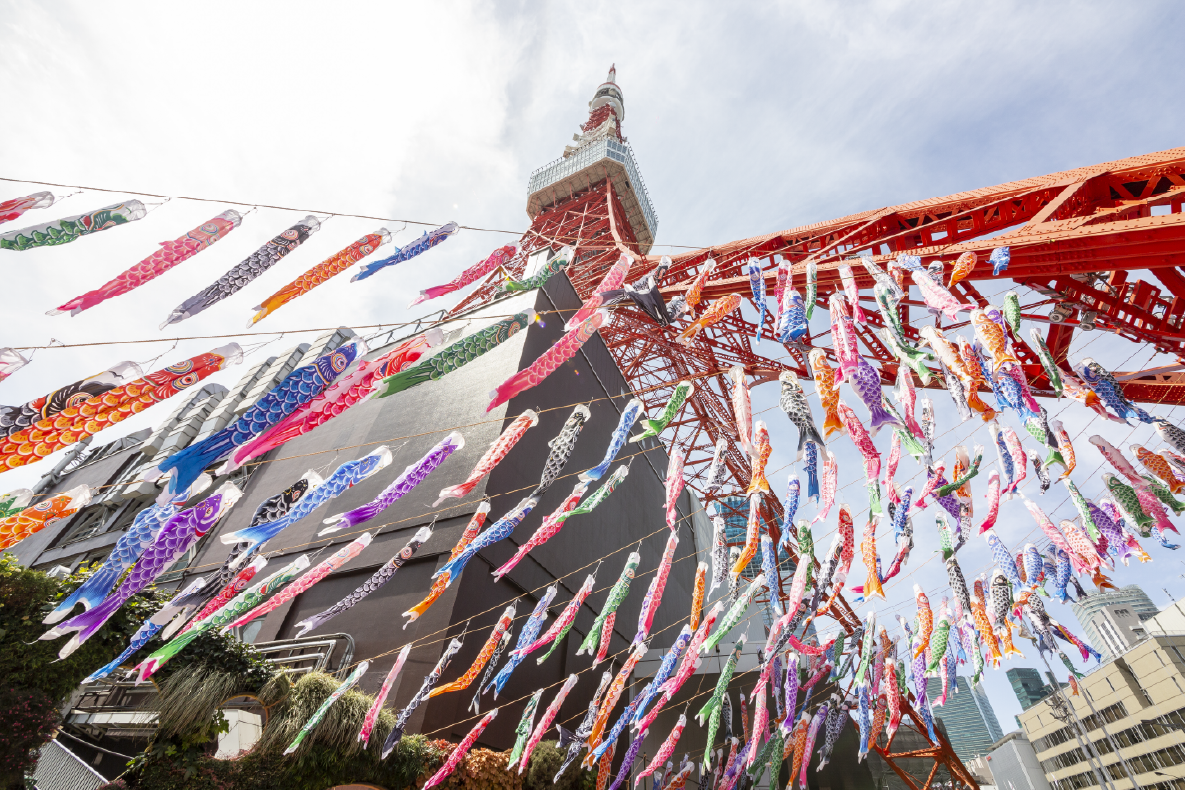Enjoy lush nature at Meiji Jingu located at the center of a metropolis, Tokyo.

Meiji Jingu is popular as a place for hatsumode (the first shrine visit of the year) in Tokyo. It is highly recommended not only as a place for experiencing Japanese tradition, but also as a power spot.
Built in 1920, Meiji Jingu is a shrine that enshrines Emperor Meiji and his empress. With its magnificent wooden buildings, it allows visitors to enjoy the serene and solemn atmosphere, which makes you forget that it is in the middle of a mega city, and to feel the essence of Japan. Another great thing about it is that it is right by the Yamanote Line’s Harajuku Station and can be accessed easily, so you can easily add it to the list of your travel destinations.
At Meiji Jingu, there are several sando (the approaches to the shrine) to the main shrine building, but the one said to let you feel the most energy is the route that starts from Harajuku Station and goes under the grand torii gate along the south approach.
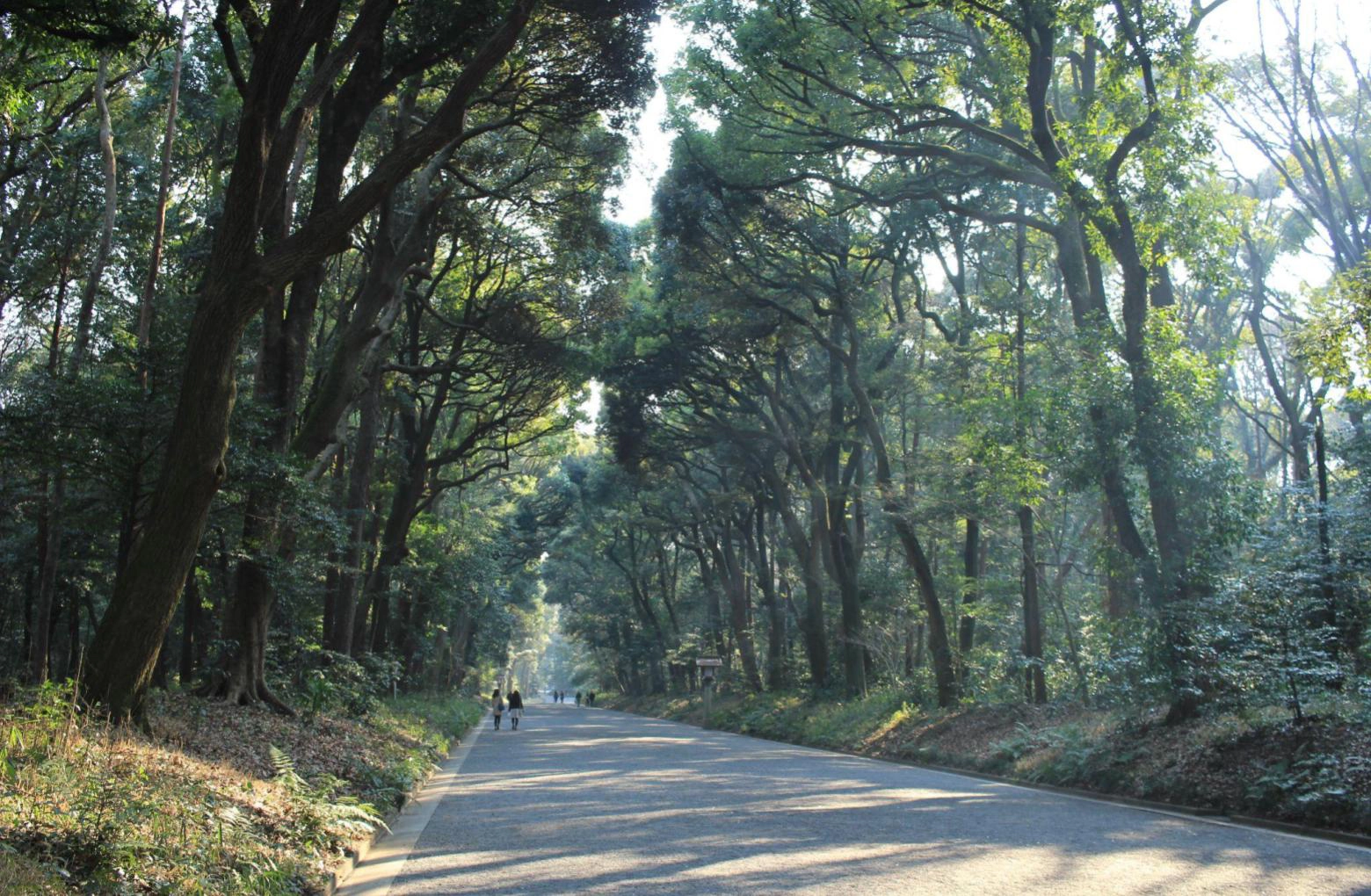
The south approach is said to be the most effective route of worship for improving good relationships.
The symbolic grand torii gate is the largest wooden Myojin-style torii gate in Japan, standing about 12 meters tall, with a column diameter of about 1.2 meters. It is made with Taiwanese cypress trees that are said to be over 1,500 years old.

Otorii is a popular spot where you can get overflowing vitality.
The main approach, which begins from the grand torii gate, is surrounded by trees. The trees of the forest surrounding Meiji Jingu were actually planted by hand. The forest was developed by bringing together the expertise of the forestry experts and gardeners of the day so as to make them grow into a natural forest after 100 years.
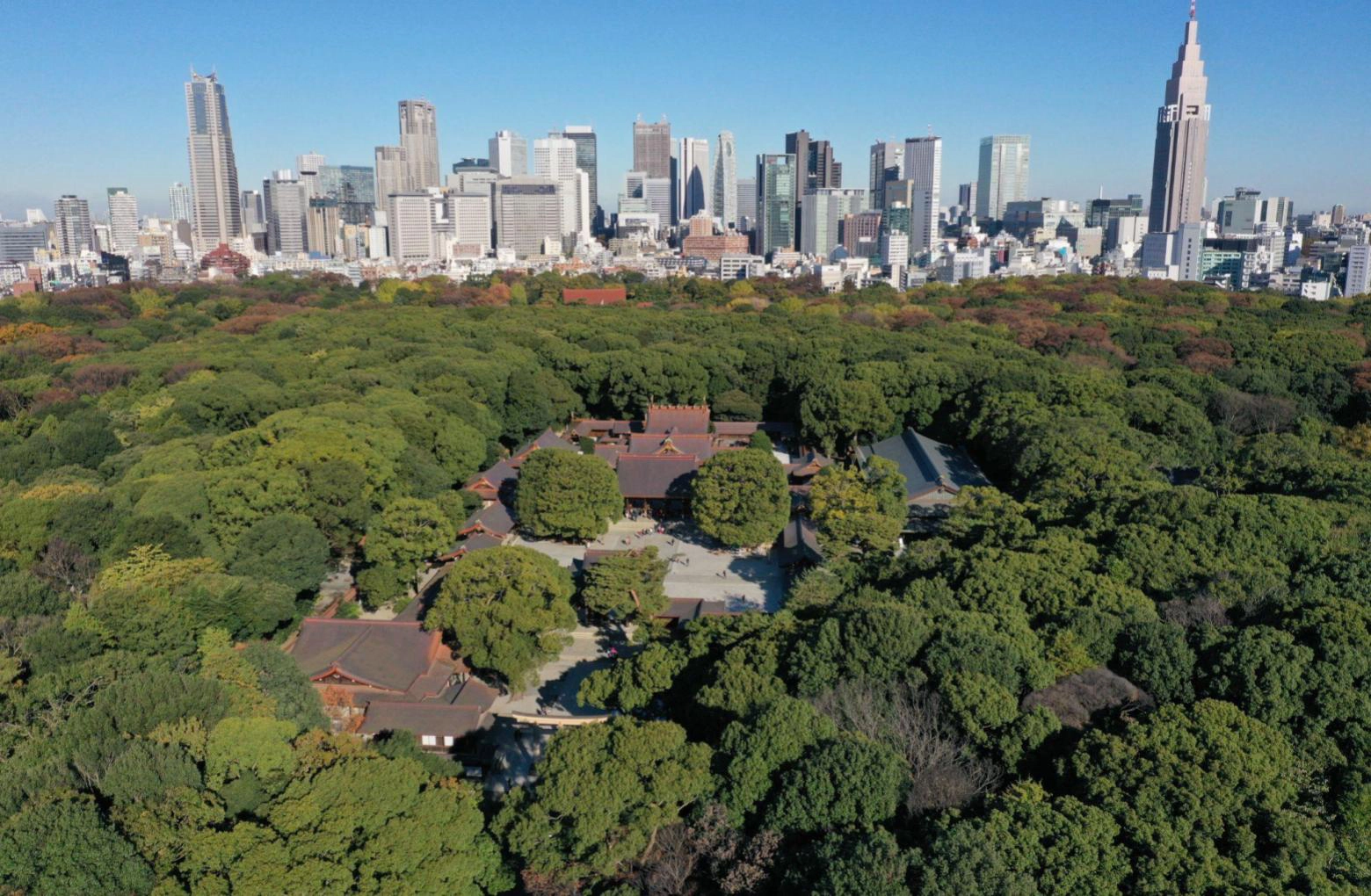
In recent years, approximately 3,000 species of organisms, including newly discovered species and endangered species, as well as rare flora and fauna within Tokyo have been reported and garnered attention.
As you go further along the approach, enjoying the sunlight through the leaves, you will see a large number of sake barrels. These stacked barrels have been dedicated by sake breweries around the nation, and the view is quite impressive up close.
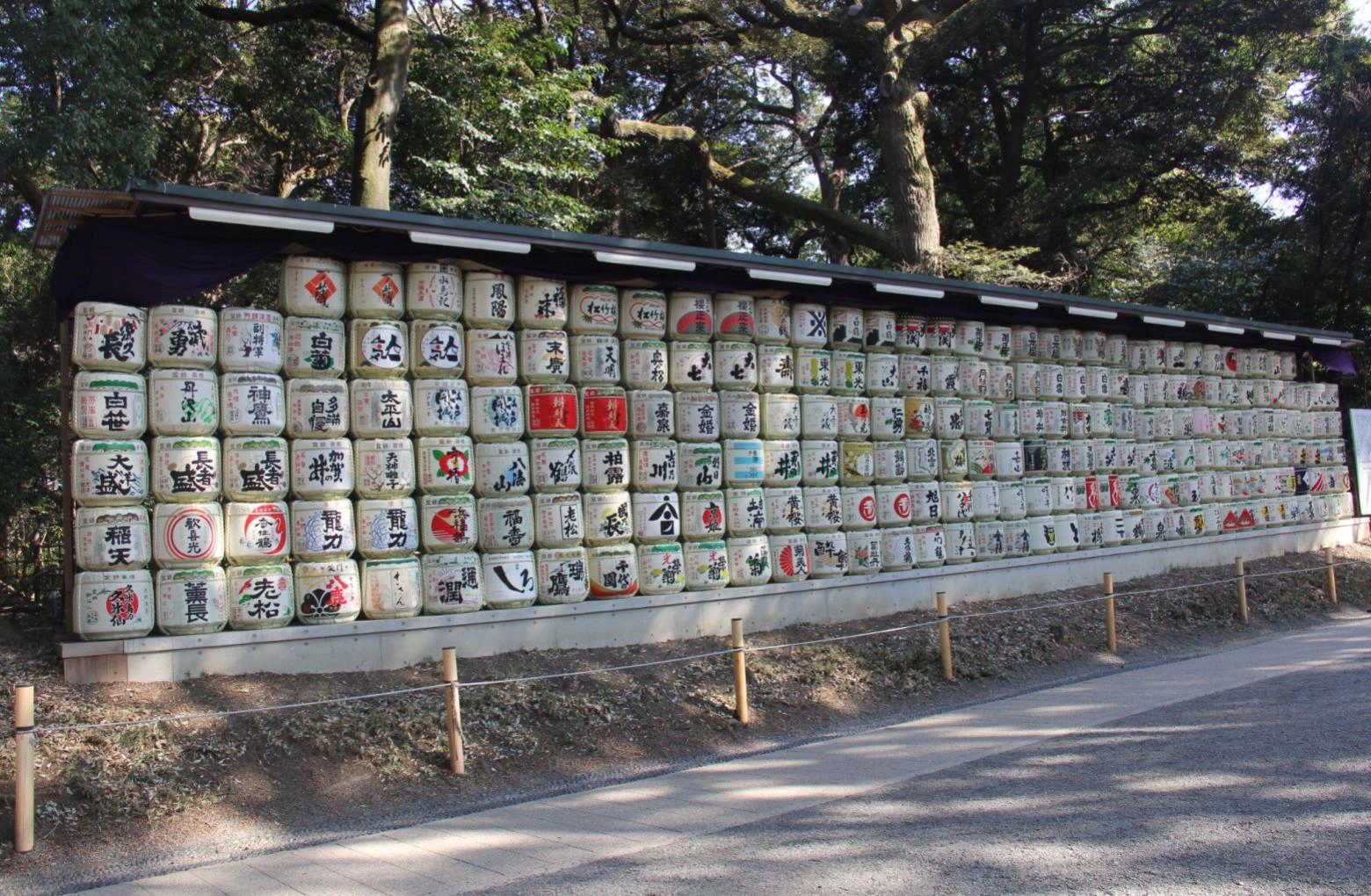
It's like an encyclopedia of sake manufacturers, and for Sake enthusiasts, just looking at it is fascinating
Across from the sake barrels are wine barrels. These barrels have been dedicated by breweries of Burgundy, France, because Emperor Meiji was known to be a wine lover and was strongly interested in Western cultures.
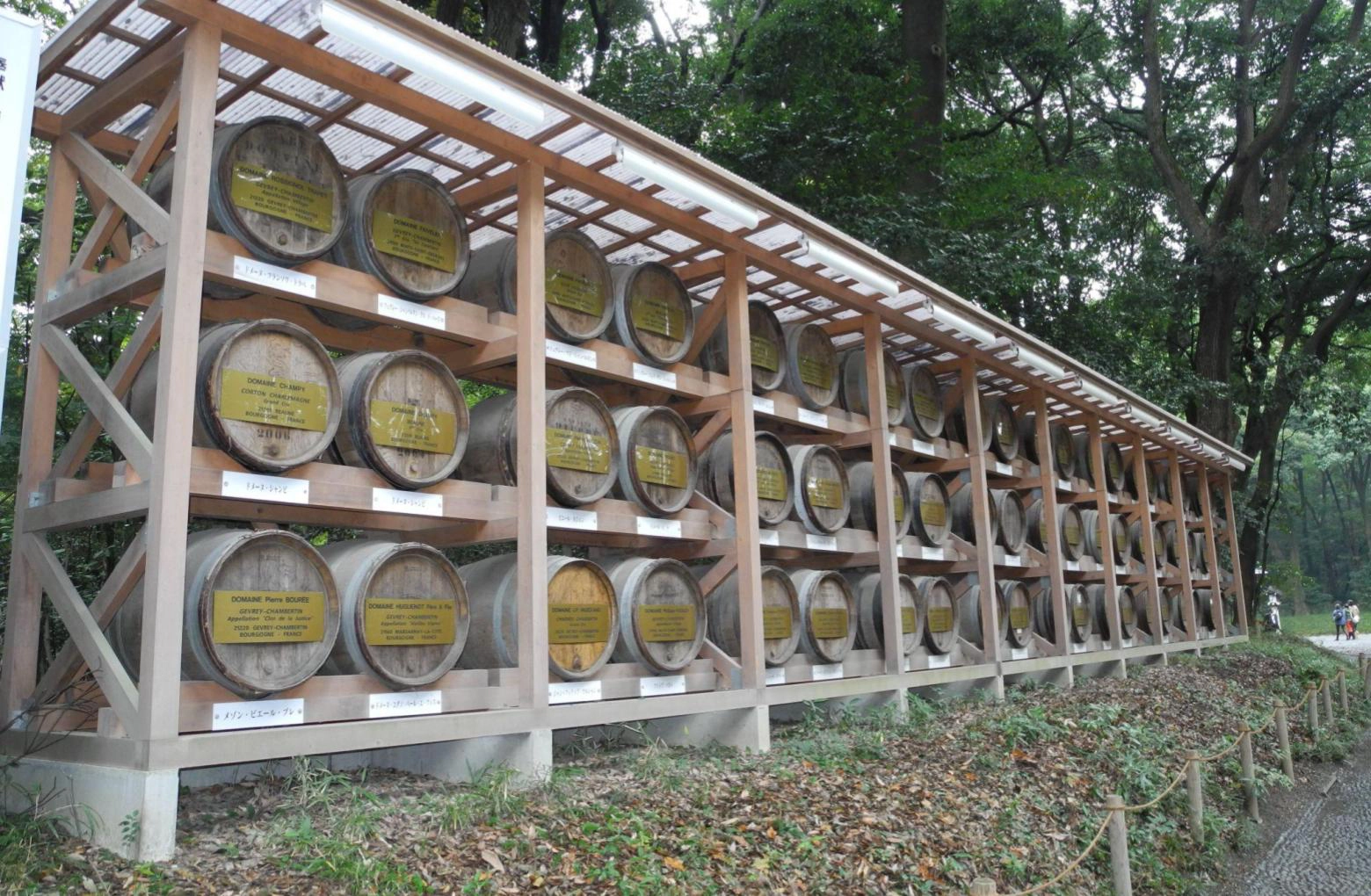
It's a unique sight that embodies the blend of Japanese and Western influences, characteristic of the Meiji Jingu Shrine, which reflects the Meiji period when Western culture spread.
As you approach the main shrine building, you will be welcomed by two gigantic “Meoto Kusu” (meaning “husband and wife camphor trees”) that are said to be about 100 years old. They are considered a power spot for a successful romantic relationship and a good marital relationship, as the enshrined gods, Emperor Meiji and his empress, had a wonderful relationship. These camphor trees are sacred, so make sure not to touch them.
As just described, Meiji Jingu is dotted with many power spots, and the entire shrine site is considered to have high energy. The most important part when visiting the shrine is, of course, the main shrine building. You can learn about the proper manners when visiting the shrine on the shrine’s official website, so make sure to check it out in advance. <Manners when visiting the shrine> https://www.meijijingu.or.jp/en/feelshinto/2.php
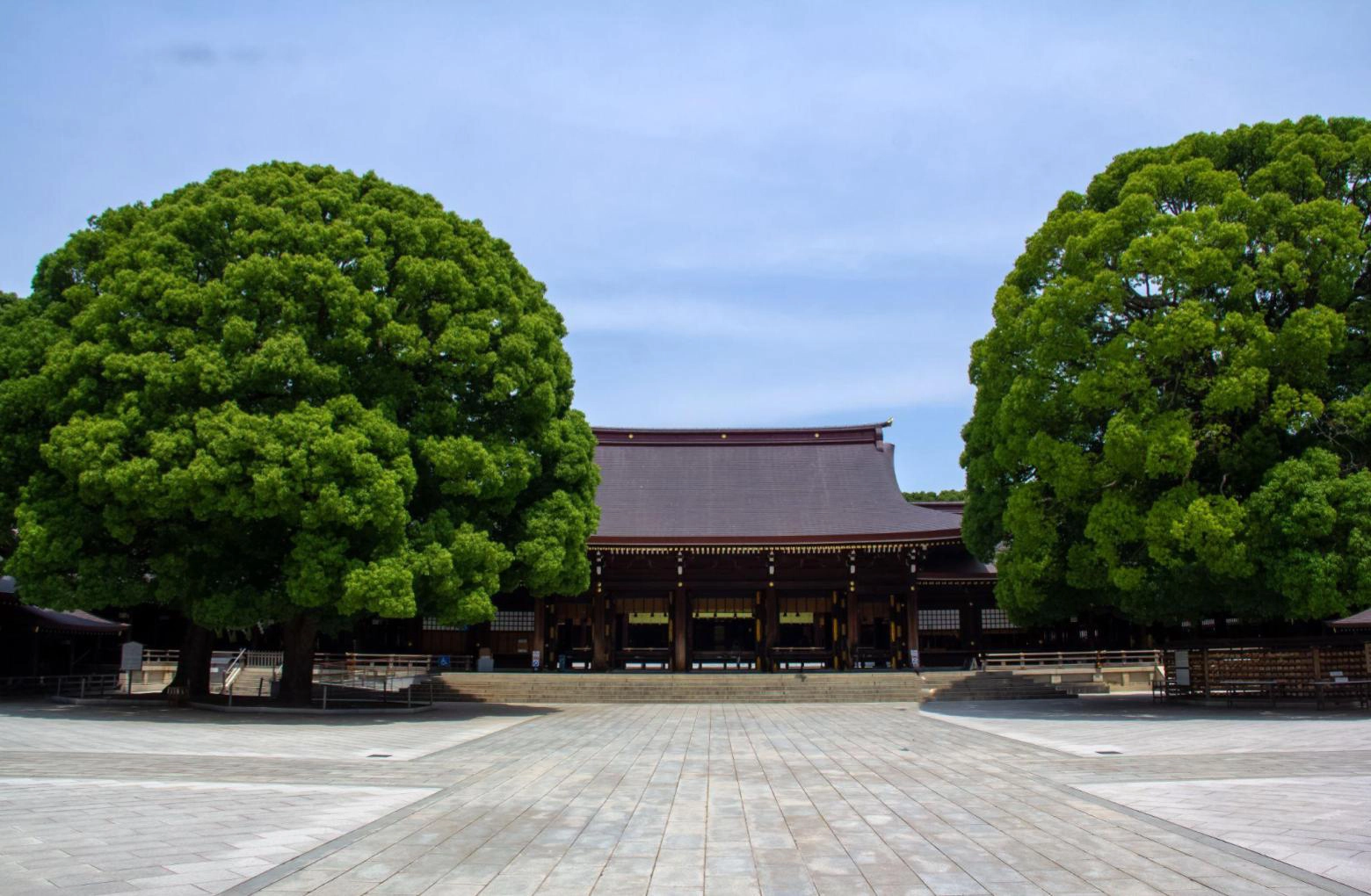
It is said that all the powers within the precincts converge here.
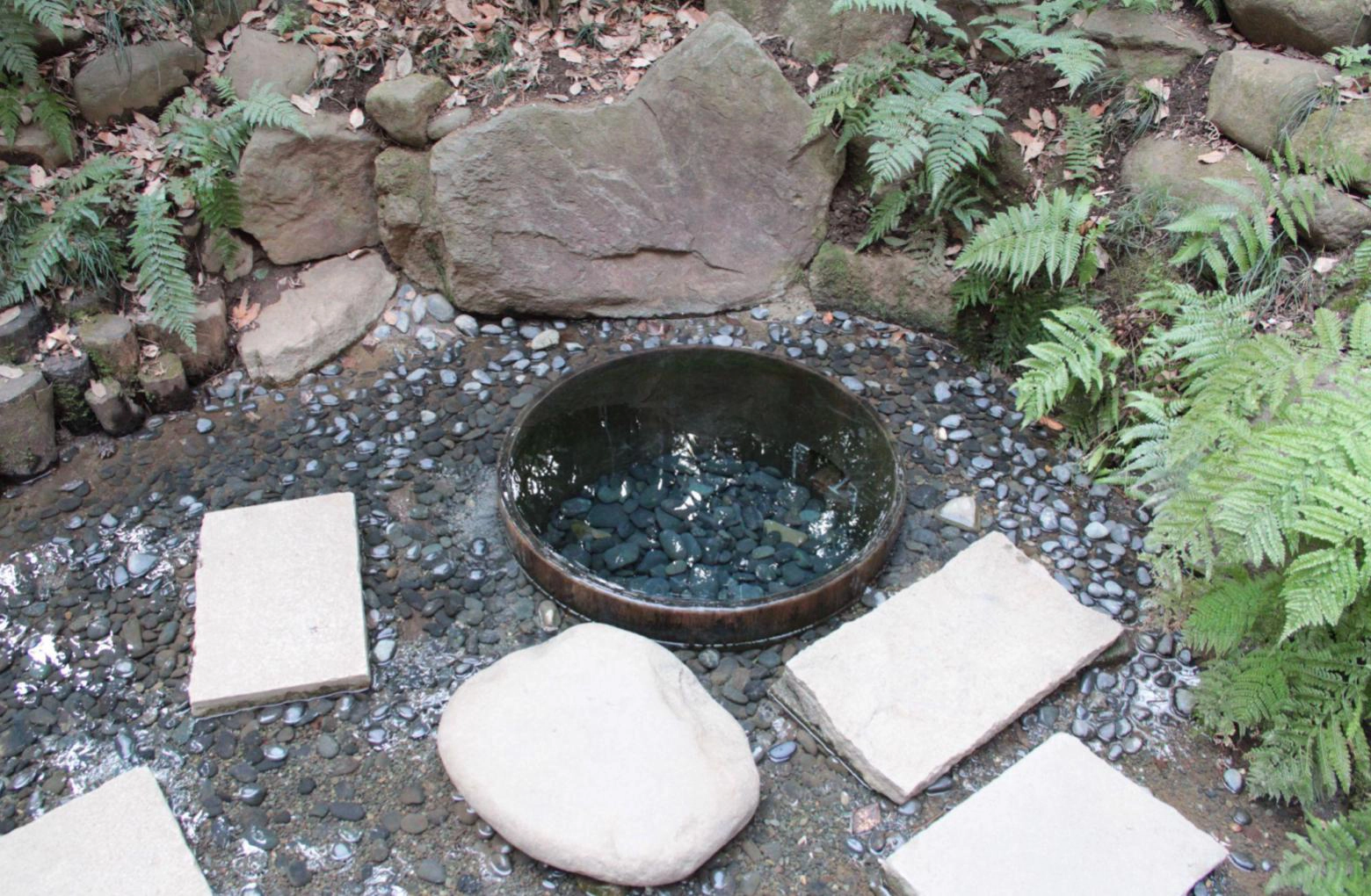
After visiting the shrine, it is highly recommended that you also visit “Kiyomasa no Ido” (meaning “Kiyomasa’s well”), which is the most famous power spot in the Meiji Jingu Gyoen (admission fee: ¥500). It was named after an anecdote that Kiyomasa Kato, a war lord of the Edo period, dug the well by himself. It is said to bring good luck especially with money, and it is also said that it would be best to visit there during daytime on a sunny day when you are feeling well.
Meiji Jingu—a special spot filled with sacred energy despite its location in the mega city, Tokyo. To receive good luck, make sure to follow the proper manners when visiting.
■DATA Meiji Jingu Address: 1-1, Yoyogi Kamizono-cho, Shibuya-ku, Tokyo Opening hours:opens with sunrise and closes with sunset (6:10-16:10 in November, other monthly hours are listed on the homepage.) TEL: 03-3379-5511 (main) Official website:https://www.meijijingu.or.jp/en/ (Information as of October 2023)


